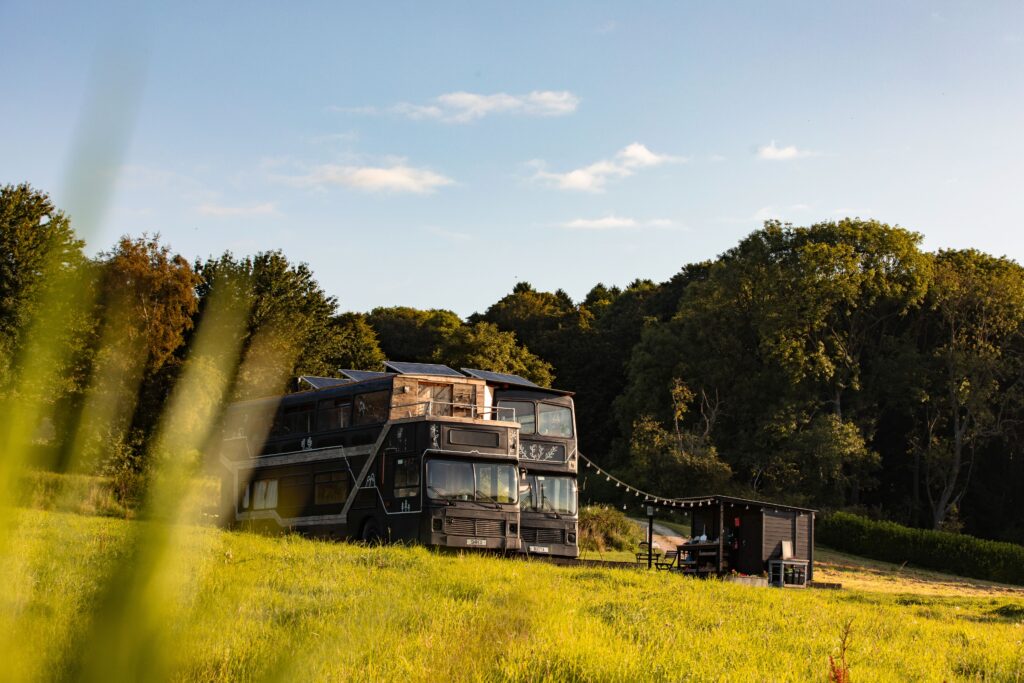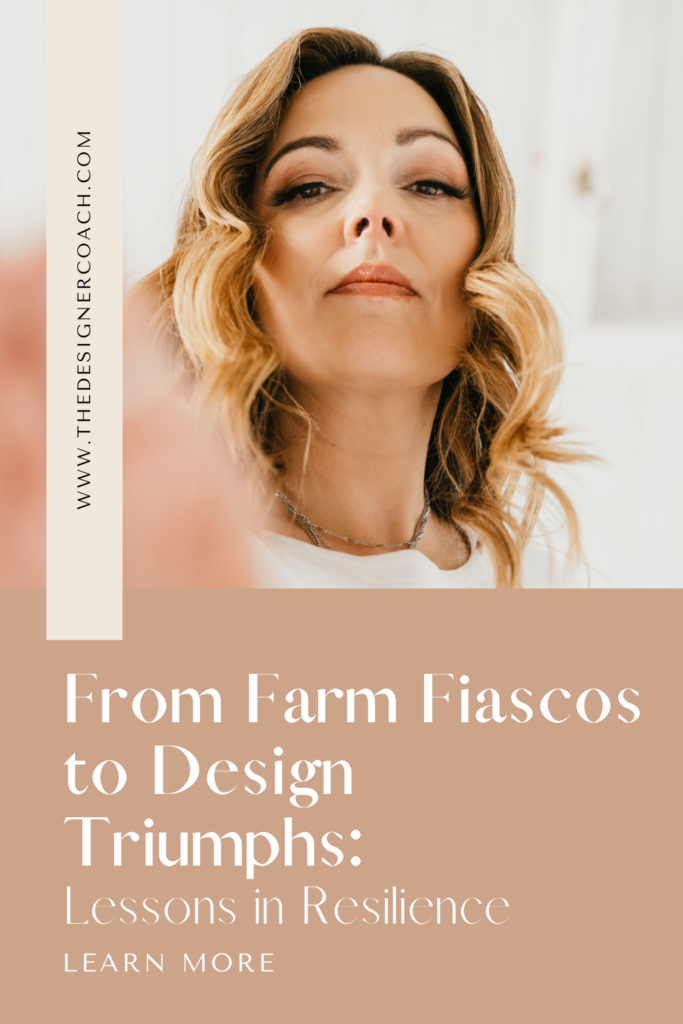My journey from the urban landscapes of Stoke-on-Trent to the rolling hills of the Lincolnshire Wolds wasn’t a direct path, but rather a series of life experiences that ultimately led me to where I am today. As The Designer Coach®, I’ve found that my rural surroundings have profoundly influenced my approach to creative guidance, offering unexpected insights that have reshaped my perspective on design and creativity.
Living on an arable farm in the Lincolnshire Wolds, an Area of Outstanding Natural Beauty, has taught me valuable lessons about adaptability and embracing change. These are principles that have become fundamental to my coaching philosophy. In farming, as in design, rigid plans often fall apart in the face of unpredictable elements. Yet, having a plan remains crucial – it’s the flexibility to adapt that plan which leads to success.
This balance between structure and adaptability is something I emphasise in my coaching. I encourage designers to develop clear goals and strategies while remaining open to pivoting when necessary. It’s about cultivating a mindset that views challenges not as setbacks, but as opportunities for creative problem-solving.
The rhythm of farm life, with its seasonal changes and daily routines, has deepened my understanding of the creative process. There’s a natural ebb and flow to creativity that mirrors the cycles we see in nature. Sometimes, ideas need time to germinate and grow. Other times, there’s a need for quick, decisive action. Recognising and working with these rhythms can lead to more sustainable and fulfilling creative practices.

One of our most exciting ventures on the farm is our glamping site, Wold of Your Own. This project has been a practical exercise in creative thinking and problem-solving. We took a leap and navigated the harsh planning rules in our area. The double-decker buses, which were already converted as part of a TV show, presented a unique opportunity. Integrating them into our farm setting required innovative thinking – a perfect example of how embracing unconventional ideas can lead to extraordinary results.
Our commitment to sustainability on the farm has profoundly influenced my perspective on design and creativity. We’ve implemented various environmental schemes, planted new hedges and woodland, all while running a productive farm. This balance between productivity and environmental stewardship mirrors the challenges designers face in creating work that is both impactful and responsible. It’s about understanding that every creative decision has broader implications, much like every farming decision affects the wider ecosystem.
Living in a rural setting has deepened my connection to creativity in unexpected ways. The natural rhythms of the farm, the changing seasons, and the daily interaction with the land have all contributed to a more holistic understanding of the creative process. I’ve even developed a skill that constantly makes my husband laugh because he has yet to master it – predicting rain by smelling the air.
Balancing farm life with my coaching career is a daily exercise in time management and prioritisation. It requires careful planning, but also the ability to adapt when unexpected tasks arise. This juggling act has honed my organisational skills and reinforced the importance of flexibility – lessons that directly inform my coaching approach.
While not everyone can relocate to the countryside, designers can still incorporate some of these rural-inspired principles into their creative practice:
- Create your own creative seasons: Designate periods for intense work, learning, and rest. This mimics the natural rhythms of farm life and can help prevent burnout. Just don’t expect to hibernate for three months – your clients might notice.
- Embrace adaptability: Be prepared to adjust your plans when circumstances change, just as farmers must adapt to weather conditions. Consider it practice for when your computer decides to update itself five minutes before a deadline.
- Find your own sources of inspiration: Whether it’s nature, urban landscapes, or personal experiences, identify what sparks your creativity and make time to engage with it regularly.
- Practice sustainability in your work: Consider the long-term impact of your design choices, much like how farming decisions affect future generations. As the saying goes, “We do not inherit the Earth from our ancestors; we borrow it from our children.” This principle applies equally to design and farming – our choices today shape the world of tomorrow.
- Build a supportive community: Connect with fellow creatives, much like how farming communities support each other through challenges. Just remember, borrowing a cup of sugar is fine; borrowing someone’s entire Adobe Creative Suite license is not.
As The Designer Coach®, I’m committed to helping designers tap into unexpected sources of inspiration and guidance. My rural life has shown me that creativity can flourish anywhere – whether that’s in a bustling city studio or in a quiet country field. It’s about being open to the lessons each environment offers and using them to fuel our creative journeys.
In the end, the path from farm to coaching studio is not as disparate as it might seem. Both require nurturing, patience, and a willingness to adapt to changing conditions. And both, when approached with passion and purpose, can yield beautiful, transformative results.



Stay inspired
Subscribe to my Newsletter
Join my community of creative professionals and receive monthly insights to fuel your design journey. You’ll get practical tips, mindset strategies, and exclusive content delivered to your inbox.
Share via:

